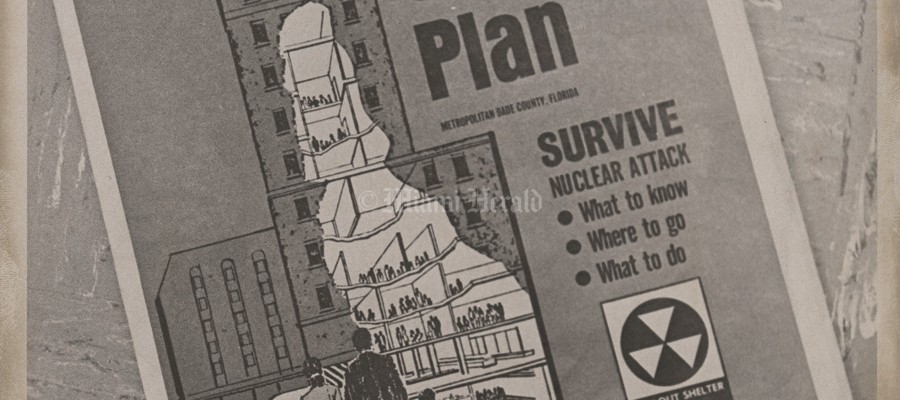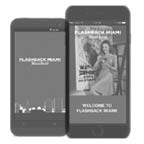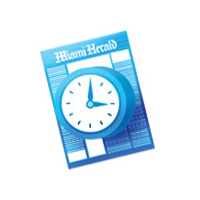Building your own bomb shelter was a Cold War-era survival tactic for thousands of families nationwide and in South Florida. Welcome to the late ’50s and early ’60s, when nuclear nervousness gave urgency to a trend that made headlines in 1961. Everyone was building a shelter — or should have been, according to the experts of the day. South Florida’s bomb shelter boom began around the time that construction of the Berlin Wall began in 1961. Another round of popularity for fallout shelters came briefly in 1962 when the Cuban Missile Crisis brought four-story-high, warhead-tipped Nike-Hercules rockets to South Florida. The warheads are gone, but the shelters remain, for the most part, unused or converted.
 10/16/1987, Dezso Szuri/Miami Herald: Evelyn Stewart and William Stewart in their bomb shelter. In 1962, William Stewart built a shelter behind his North Miami home, where his wife Evelyn, 75, still lives. "I figured if Castro was going to come over, I'd be safe," says Evelyn Stewart, whose husband died four years ago. Later, the Stewarts found other uses for the shelter: guest room, tool shed, hurricane shelter. "I have a telephone, radio, everything I need down there," she says. "Everybody should have one, I think. You know you're safe."
10/16/1987, Dezso Szuri/Miami Herald: Evelyn Stewart and William Stewart in their bomb shelter. In 1962, William Stewart built a shelter behind his North Miami home, where his wife Evelyn, 75, still lives. "I figured if Castro was going to come over, I'd be safe," says Evelyn Stewart, whose husband died four years ago. Later, the Stewarts found other uses for the shelter: guest room, tool shed, hurricane shelter. "I have a telephone, radio, everything I need down there," she says. "Everybody should have one, I think. You know you're safe." Back of Photo- 8/30/1962: What is it? Why, it's a concrete bomb shelter, of course. Glenn Mitchell, left, Wallace Norwich, and Glenn's older brother, Chuck, find an empty shelter is a good place to have some fun. The structure, located on the front of lawn of the H.T. Austin home in Sharpes, north of Cocoa, has caused many passing motorists to stop and gape.
Back of Photo- 8/30/1962: What is it? Why, it's a concrete bomb shelter, of course. Glenn Mitchell, left, Wallace Norwich, and Glenn's older brother, Chuck, find an empty shelter is a good place to have some fun. The structure, located on the front of lawn of the H.T. Austin home in Sharpes, north of Cocoa, has caused many passing motorists to stop and gape.  8/30/1962: What is it? Why, it's a concrete bomb shelter, of course. Glenn Michell, left, Wallace Norwich, and Glenn's older brother, Chuck, find an empty shelter is a good place to have some fun. The structure, located on the front of lawn of the H.T. Austin home in Sharpes, north of Cocoa, has caused many passing motorists to stop and gape.
8/30/1962: What is it? Why, it's a concrete bomb shelter, of course. Glenn Michell, left, Wallace Norwich, and Glenn's older brother, Chuck, find an empty shelter is a good place to have some fun. The structure, located on the front of lawn of the H.T. Austin home in Sharpes, north of Cocoa, has caused many passing motorists to stop and gape.





























